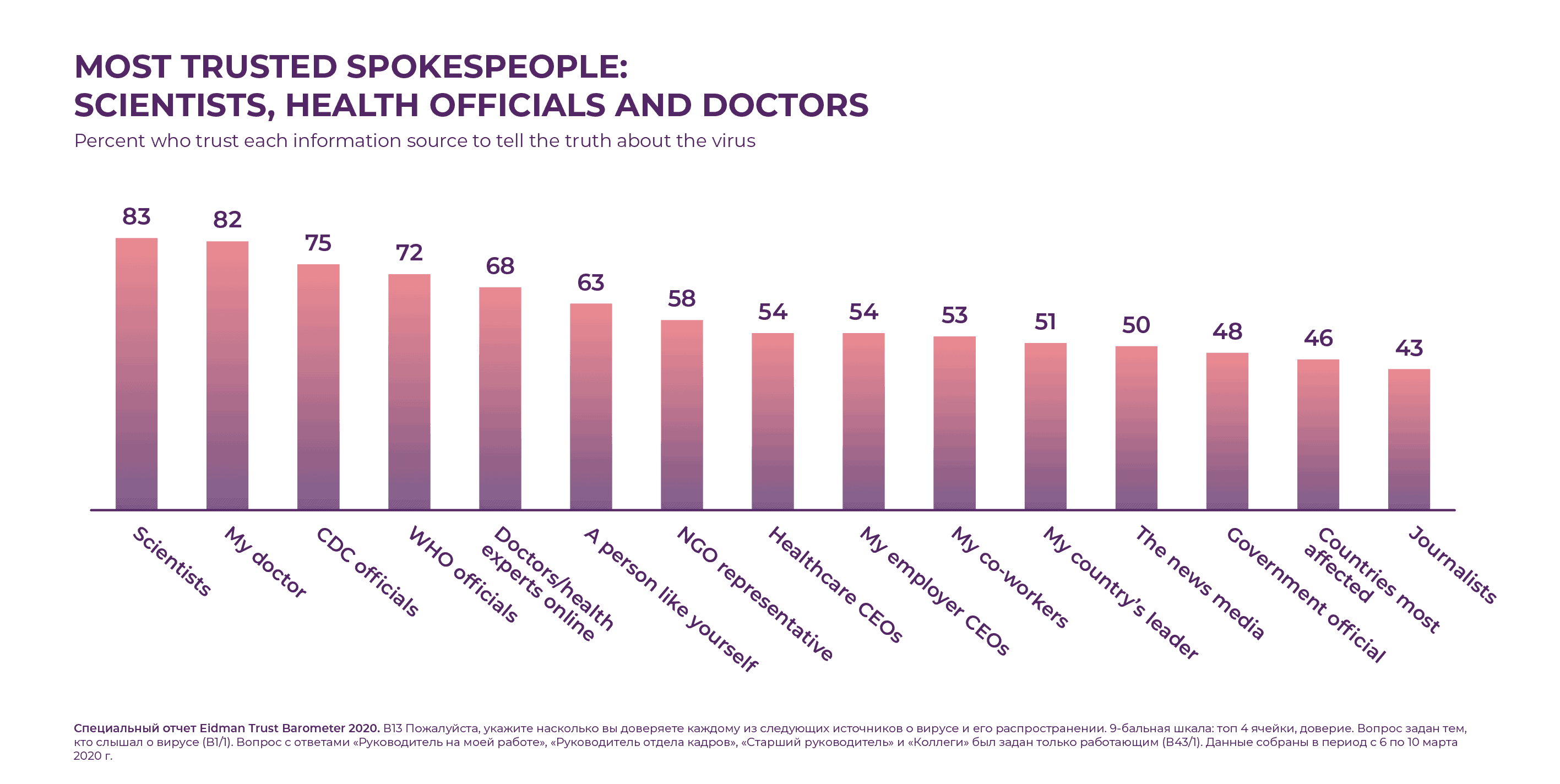Credibility, Logic & Emotion
Logical approach
Logic appeals to the intellect and it is all about presenting factual information. As journalists, we constantly use facts alone. However, the rapid spread of disinformation has shown that sometimes logic and facts alone are not enough. Many in journalism believe fact checking and debunking to be the cure to the disinformation epidemic. This can be for a small number of receivers of the new facts and information but for the vast majority they need more than facts.
Logic assumes you start at your audience. It is their logic that you need to start from, not your own. Look at what your audience believes, the language they use and the kind of stories they like. By using their own logic you’ll have a better chance to get your information to stick. Official statistics might seem relevant for example, but if your audience thinks for instance that numbers presented by the government cannot be trusted, you should rethink your strategy. It is always possible to repackage your information in different words, frames and formats that fit your audience better.
Fact checking is essential in good journalism, but it is not the end point. Fact checking reveals more than just a gap in knowledge. Misinformation and Disinformation spread through false or bad facts also indicate the emotional state of your audience, who they are trusting and where they are getting their information from. These can help you build stories that reach your audience in a more convincing way.
Fact checkers checklist
Fact checks can unconsciously spread myths and false narratives, if you don’t structure your debunking well enough. By using the same language, stories and images, you might give a false narrative more notoriety and create more familiarity.
- Don’t link to places where people can find more about the narrative or myth.
- Warn people about the sections where you describe false information, point out that it is false.
- Don’t use the same content (images, videos, etc.) as the original piece.
- Don’t just point out the flaws in a false story, but also include a real alternative and link to factual articles.
- Focus on smaller elements of a false story and explain why it is incorrect. Don’t use the entire narrative or myth to give more context.
- Don’t debunk stories that have not seen much engagement. We don’t want to give it more attention if it’s still a niche story.
- But also, don’t debunk too late. We don’t want falsehoods to gain momentum.
There are two questions you should ask yourself after you have done a fact checking exercise.
- What does the audience believe when spreading this information?
- What is the underlying emotion in the audience who are sharing and spreading this information?
Once you have done a fact check, found that the information is false, the starting point of your article or piece should be what your audience currently believe and then present them with the new information in a way that considers their logic.
Credible sources
Credible sources are people that your audience trusts. During the COVID-19 crisis we see a lot of false information being spread by ‘people like us’ (for example, family members who still believe it’s just a ‘flu’) and ‘celebrities’ (for example Elon Musk who spreads stories of fake remedies on twitter). There is a good reason why people believe their stories more than what an expert tells them in the news: we trust them, they speak our language, and we are emotionally invested in them.

Emotional appeal
To persuade one must activate emotions or feelings. Logic alone does not persuade. Emotion is a tremendous driver that alters our current understanding and is linked to the formation of memory. When you make important choices on a car, a home or a partner, it is usually not a logical decision. In fact, less than 10% of the population makes choices based on information alone. When we understand what the audience’s emotions are, we can examine alternatives that can challenge their thinking. It is important to note that your persuasion must have a value shift. We are hardly encouraged to accept new knowledge, skills or attitudes if we are not encouraged to do so. If your audience is afraid for example, you can acknowledge that in your reporting and then offer them some comfort or hope, providing a shift in emotion.
To have more impact in reporting we have to:
- use ‘people like us’ & ‘celebrities’ for factual, responsible & ethical reporting;
- speak the language of our audiences, understand their logic and use it as a starting point;
- understand the emotion of our audiences and use it as a starting point.

